VERY RARE History of Royal College formerly called the Columbo Academy
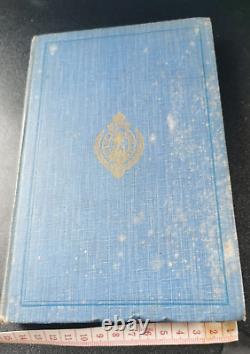
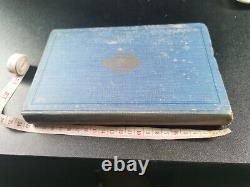

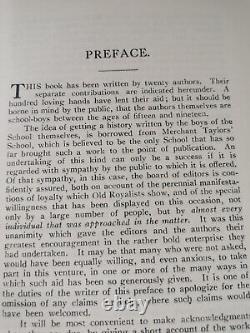
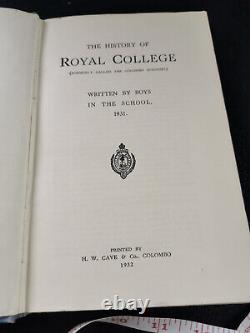
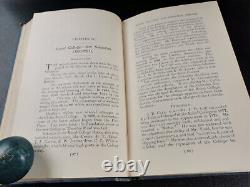
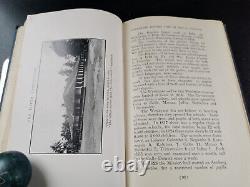
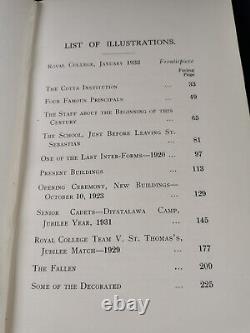
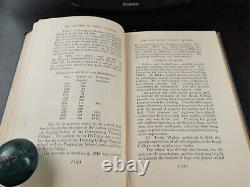
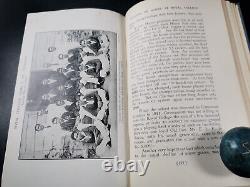
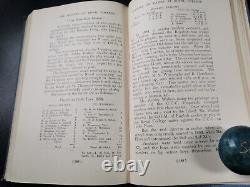
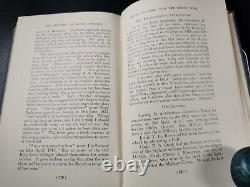
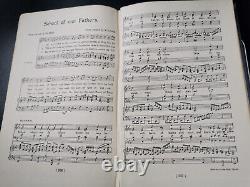
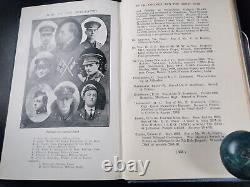
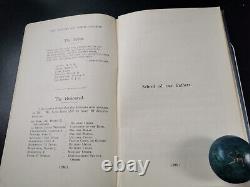
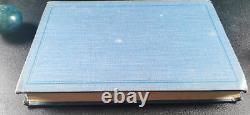

History of Royal College (formerly called the Columbo Academy) written by the boys in the school 1931. Printed by HW Cave and co-Columbo 1932. Some spots on cover and spine discoloured, corners bumped and yellowing of pages otherwise in very good condition. Foldout maps blue cloth binding with gold lettering 237 pages. A unique opportunity to own a rare historical document this book has a limited run of printing and is one of the few known copies still in existence, the others are all in private collections.
The History of Royal College (formerly called the Colombo Academy) was written by the boys in the school in 1931. The book is a comprehensive and informative account of the history of the school from its founding in 1835 to 1931. The book begins with a brief overview of the history of education in Sri Lanka before the founding of the Colombo Academy. The first chapter then provides a detailed account of the founding of the school and its early years. The following chapters cover the history of the school from the mid-19th century to the early 20th century.The final chapter provides a brief overview of the school's history from 1900 to 1931. The book is well-researched and provides a wealth of information about the history of Royal College. The authors have done a good job of weaving together the personal accounts of former students with the official records of the school.
The book is also well-written and engaging. One of the strengths of the book is the way it captures the spirit of Royal College. The authors do a good job of conveying the sense of pride and camaraderie that has always been a part of the school's culture. The book also provides a glimpse into the lives of the students who attended Royal College in the early 20th century. Overall, the History of Royal College is an essential resource for anyone interested in the history of the school.
The book is well-researched, well-written, and engaging. It is a must-read for anyone who wants to learn more about Royal College's rich history. The school was founded in 1835 by Rev. The school was originally called the Colombo Academy.
The school was renamed Royal College in 1860. The school has had a long and distinguished history. The school has produced many notable alumni, including politicians, lawyers, doctors, and businessmen. The school is a symbol of pride and tradition for many Sri Lankans. The book concludes with a brief look at the future of Royal College. The authors express the hope that the school will continue to thrive and produce leaders who will serve Sri Lanka well in the years to come. Is a selective entry boys' school located in Cinnamon Gardens, Colombo, Sri Lanka. Started as a private school by Rev Joseph Marsh in 1835, [1] it was established as the Colombo Academy by Sir Robert Wilmot-Horton in January 1836, as part of the implementation of the recommendations of the Colebrooke Cameron Commission (1833), and was the first government-run secondary school for boys[2] in the island. Royal College is the first public school in Sri Lanka[3][4][5][6][7] and is often referred to as the "Eton of Sri Lanka". [8] The school was founded in the British public school tradition, based on the recommendations of the Colebrooke Cameron Commission (1833), and having been named the Royal College, Colombo in 1881 with consent from Queen Victoria, it became the first school to gain the prefix, "Royal", outside of the British Isles and it was one of the first schools to be designated as a national school by the Sri Lankan Government in the 1980s. As a national school, it is funded by the government as opposed to the provincial council providing both primary and secondary education. The school was set as one of the most innovative educational institutions in the world at the fifth annual Worldwide Innovative Education Forum (IEF), organised by the Microsoft Corporation in 2009. Students of Royal College are known as Royalists[10][11] whilst past pupils are known as Old Royalists. [12] The school has produced many distinguished alumni, among whom are presidents of two countries, [13] a sultan, [14] and four prime ministers.
